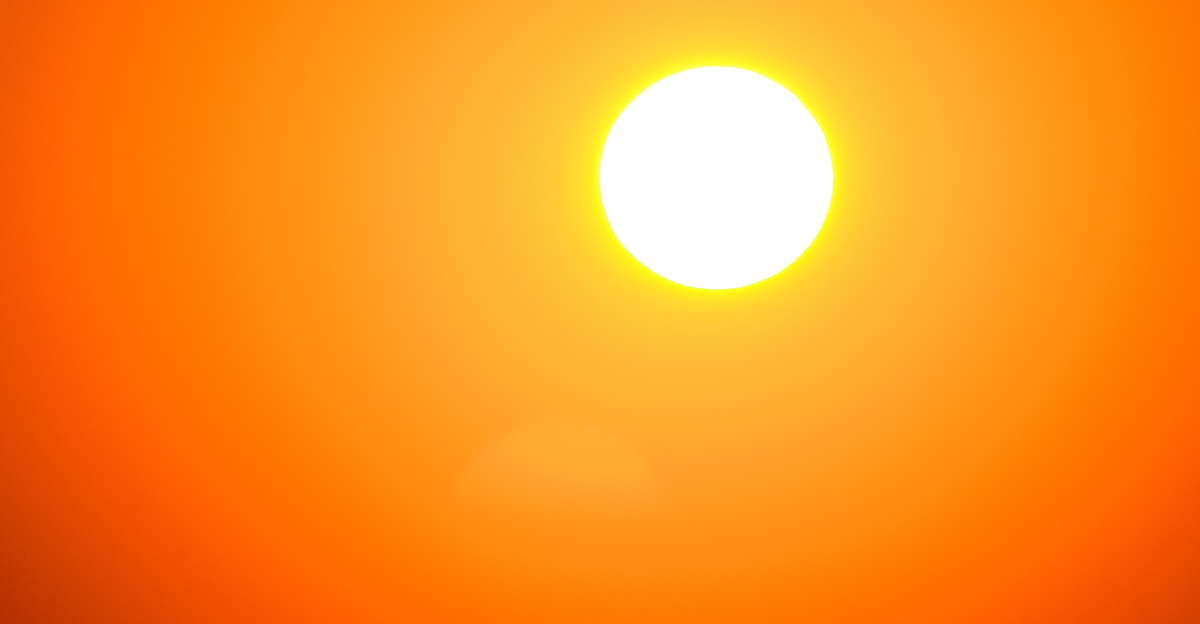
This June has, unfortunately, shattered all records. Yeah, the heatwave wasn’t just uncomfortable, it’s something that will go down in history books. Over the last few years, talks about climate change concerned the masses, but many stayed skeptical, some indifferent. Nowadays, the option to ignore these issues is becoming nullified. The colder temperatures don’t really stay cold, and the warmer ones are downright scorching. Scientists are confirming these seemingly extraordinary temperatures will become more and more common. Which is making this a pattern. From Phoenix to Atlanta, seasonal averages are no longer a thing. Is there anything the common people can do? Who’s at fault here? Let’s see what the future may have reserved for us!
Climate Change Is No Longer In Question
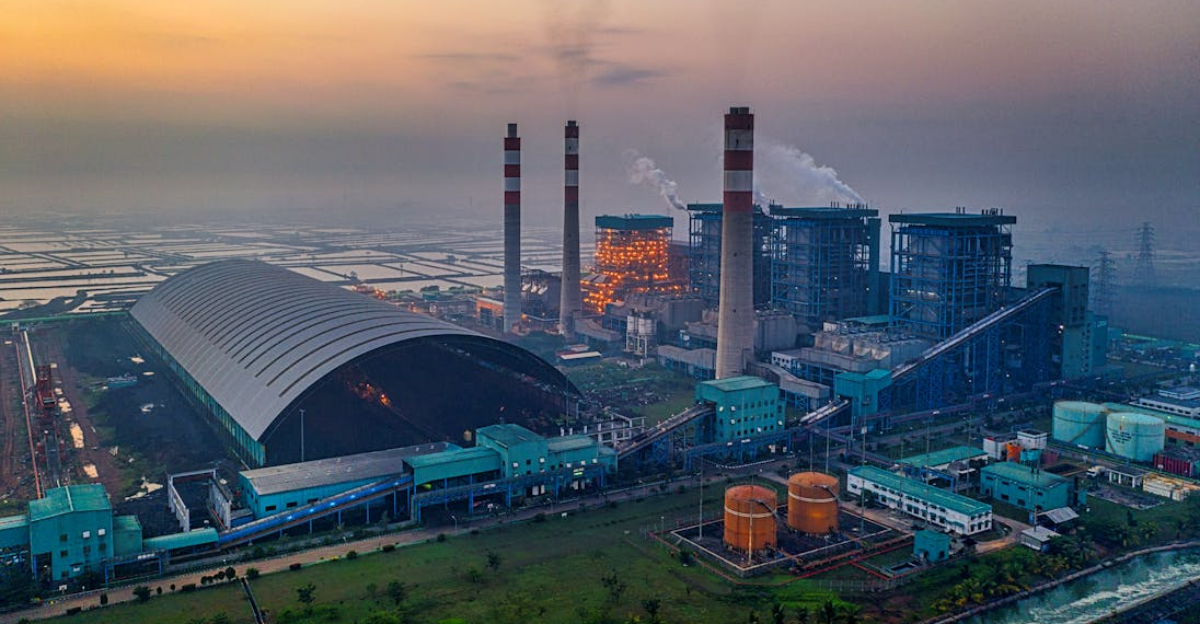
Numerous researches are pointing out that climate change is the reason behind this heatwave. Climate scientists are discussing this June’s heatwave, saying that global warming made it 3 to 5 times more likely to happen. It’s the rise in greenhouse gases, mostly from burning fossil fuels. More heat is trapped in the atmosphere, so now it has no choice but to make us feel these effects with it. This is, tragically, not as shocking as some might think, since climate researchers have been warning us of these possibilities for years.
Western States Bear The Brunt
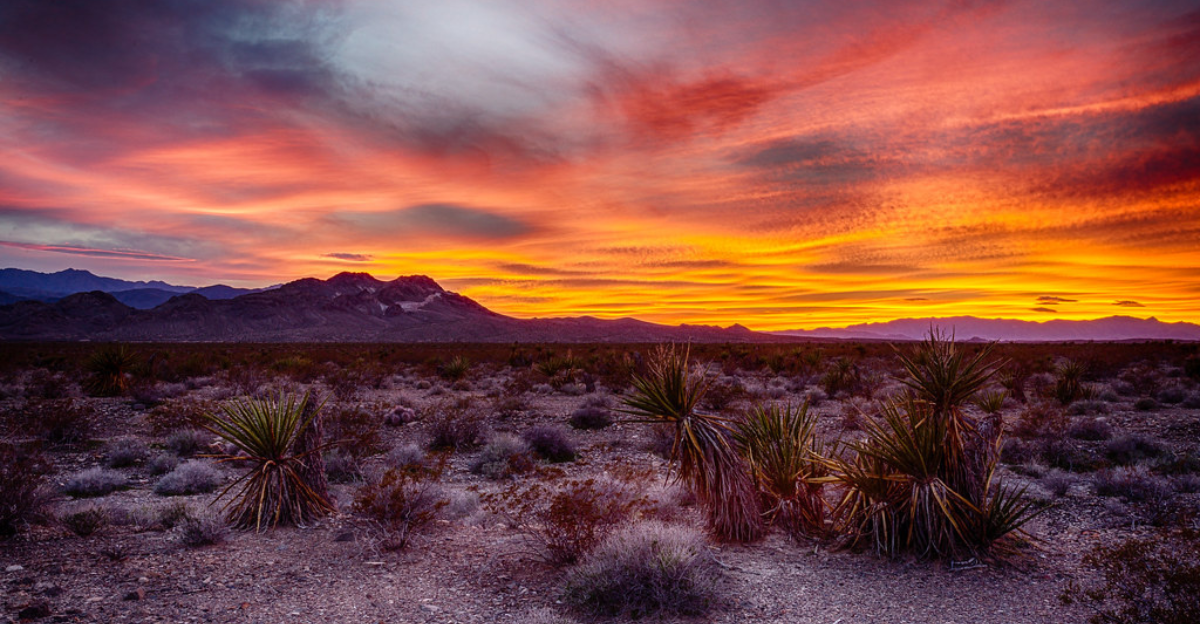
The entire country is suffering, but the West got the short end of the stick. California’s Central Valley, Nevada’s desert cities, Texas. These places have been enduring temperatures in the triple-digit! The demand for air conditioning is skyrocketing, as this is becoming essential for our survival. But the vulnerable population is facing an unprecedented risk. The elderly, outdoor workers, homeless people, their lives are being targeted by this heatwave unlike anyone else. Heat-related illnesses are becoming a routine task for emergency services.
Nights Aren’t Cold Either
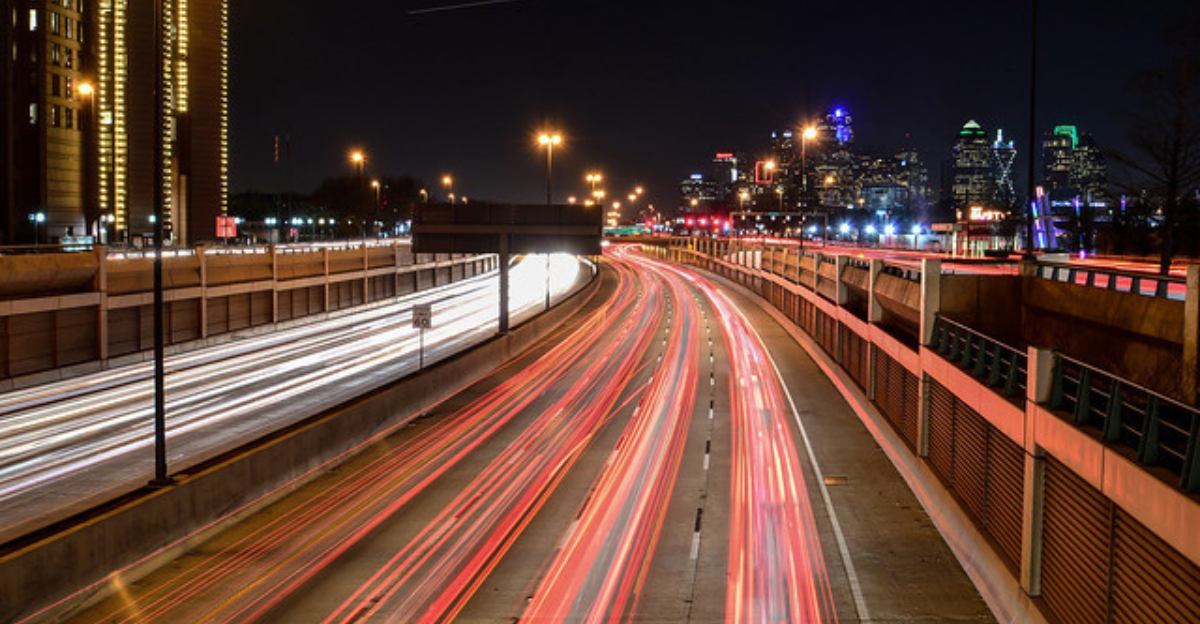
Nighttime temperatures are no longer offering relief, because they’re rising too. When the sun would set, people were used to breathing in peace, and the infrastructure would be able to cool down as well. But not this summer. This June, we’ve seen temperatures that stayed either in the 80s or higher during nighttime. This poses a health risk many people don’t realize, since our bodies are losing precious time to cool down. We cannot forget the added stress on energy systems or the rising chance for blackouts.
The Urban Heat Island Effect
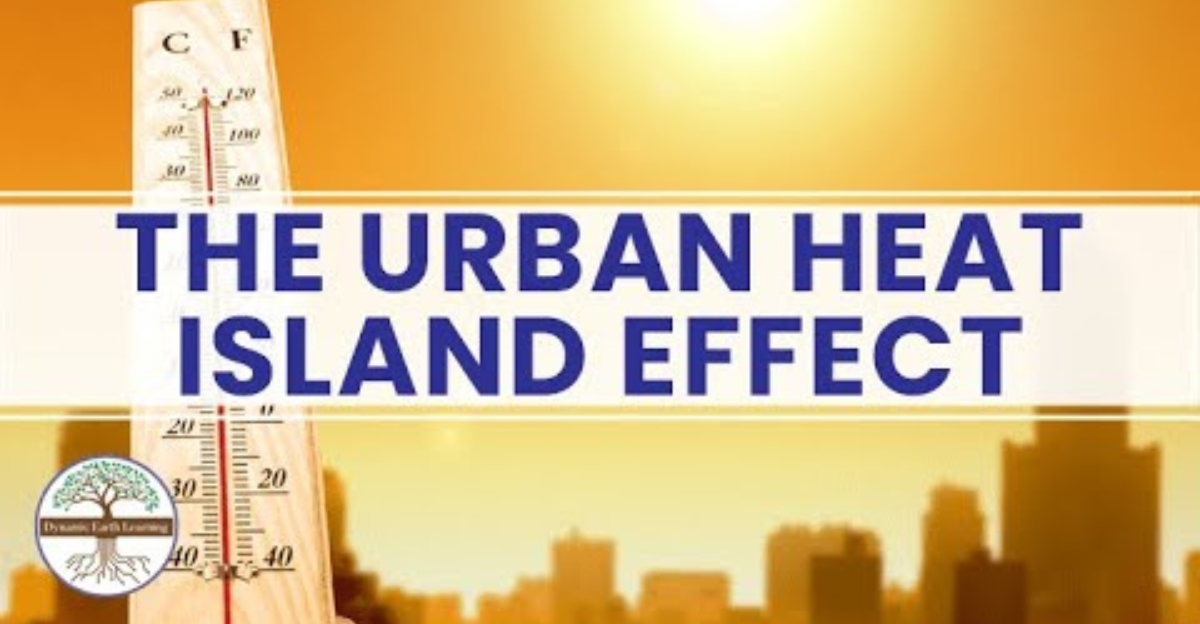
Urban areas are feeling this effect more intensely due to the “heat island” problem. It’s a modern issue, where concrete, asphalt and glass trap heat during the day, only to slowly release it during the night. This is why cities like Chicago or Dallas recorded higher temperatures, up to several degrees more, than neighboring areas. Scientists are pointing out that to combat this, we need green spaces and reflective surfaces, or else cities will become a danger for people’s health.
Agriculture And Water Supplies Hit Hard
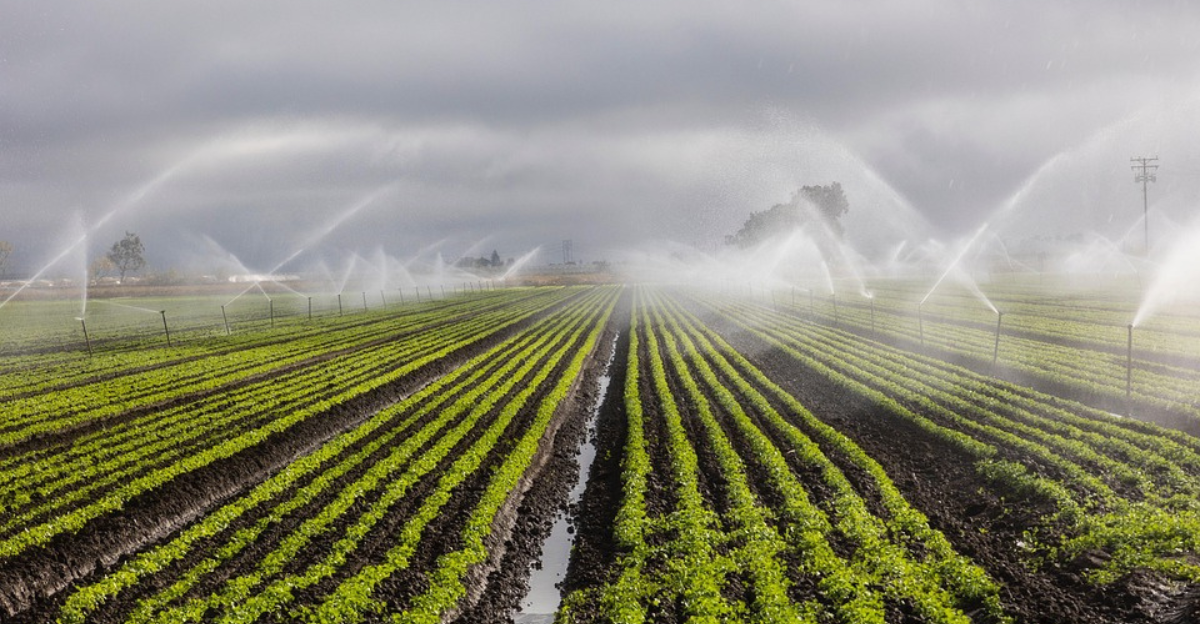
This heatwave hasn’t only hit us. It targeted crops and water systems as well, farmers complaining about withering plants and poor potential for harvest. The need to constantly irrigate their lands puts them in a vulnerable position too. Reservoirs are already running low after years of drought, so water managers are burdened by tough choices. This combination of rising temperatures and water scarcity may raise food prices nationwide. And the worst part? This could become the new normal.
Wildfire Risks Are Skyrocketing
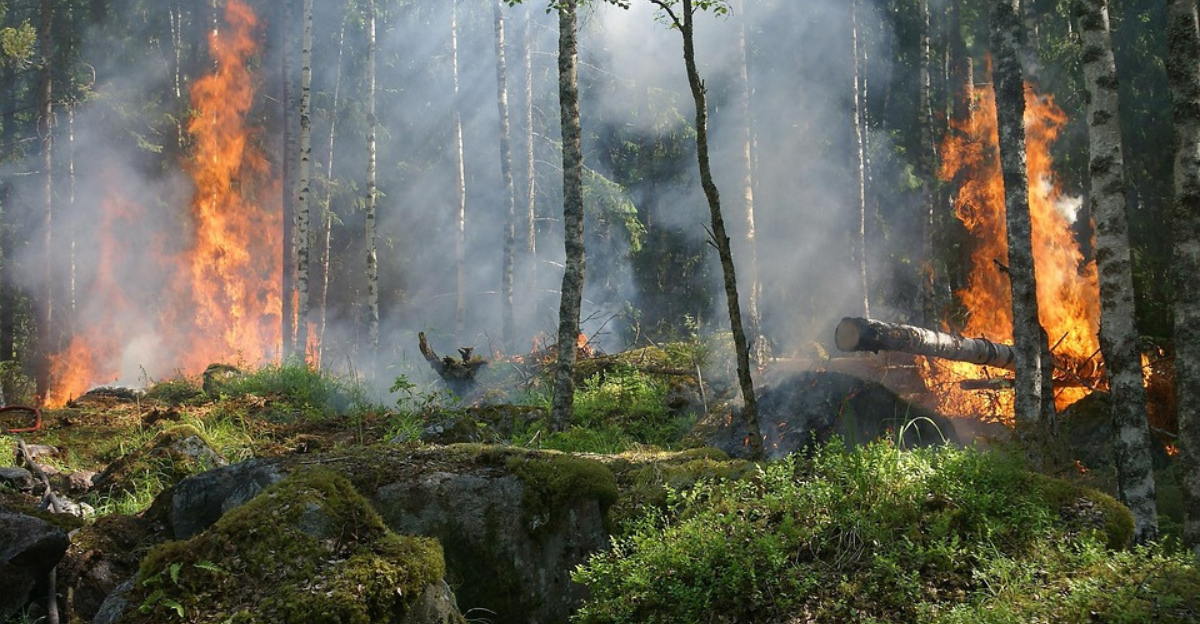
Forests are turning into tinderboxes. This heatwave is drying out vegetation, which leads to a very high chance for a spontaneous wildfire. In June, firefighters from several states reported an early start to wildfire season. In New Mexico and Colorado, small fires quickly spread out due to this heatwave. These are all signs of a vicious cycle, as experts report: hotter and drier conditions lead to more fires, which release more carbon into the atmosphere, which makes it hotter and drier.
What This Means For The Future
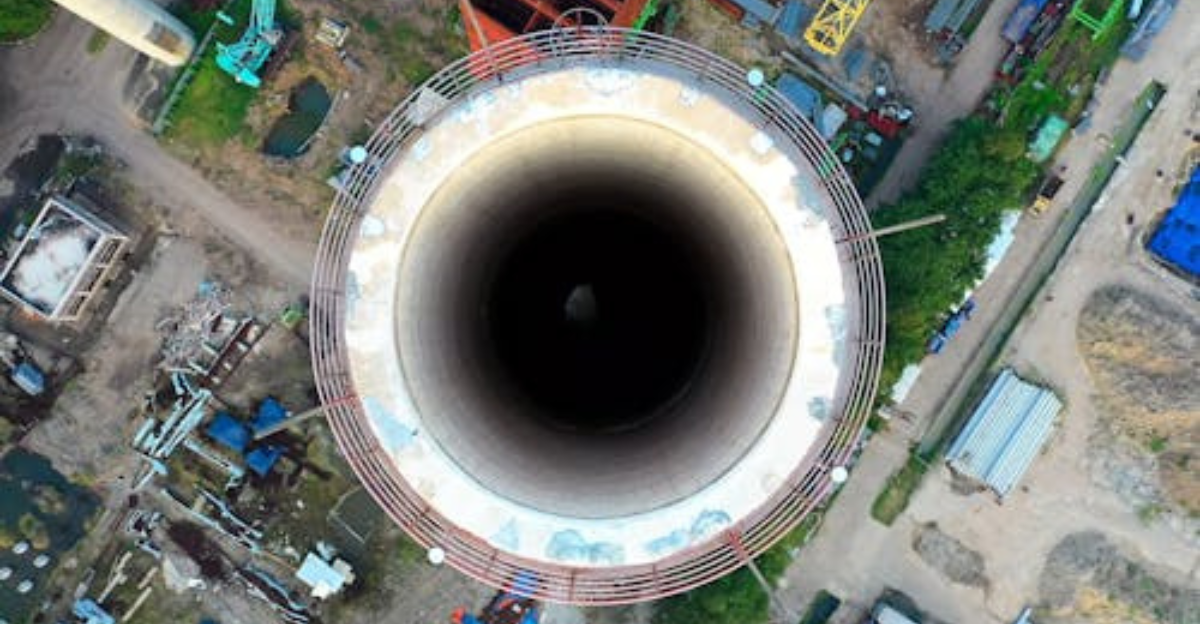
If emissions continue at the current rate, then this June was just a preview of what’s to come. Greenhouse gases must be significantly reduced, or else the heatwaves will prove to be even hotter, longer…. and deadlier. In a few decades, we risk normalizing this as just another summer. But this is not normal. The time to act, as scientists insist, is now.
What You Can Do, And Can The Collective Do
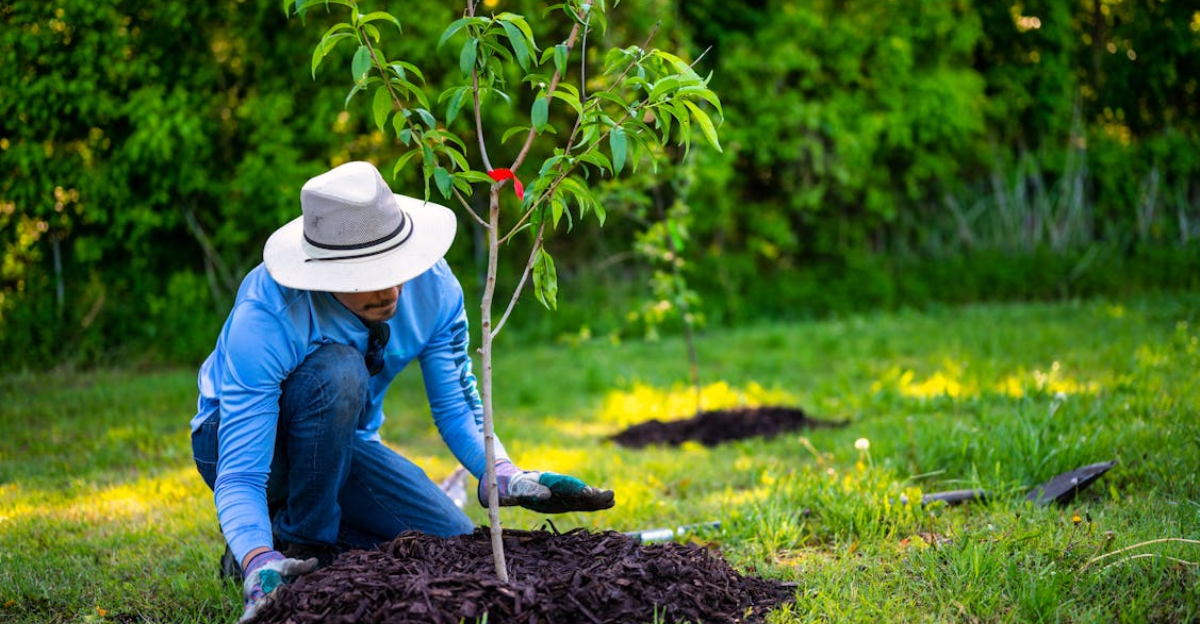
Large-scale solutions require government and corporate action, which go far beyond the power of a regular person. However, that doesn’t invalidate each and any of us who wish to contribute. By planting trees, using reflective roofing and supporting local clean energy initiatives you can make a difference! Cities are also able to invest more in public transport so that people feel inclined to ditch their cars for better conditions on the bus. And perhaps most importantly, make sure to check in on your vulnerable neighbors. Collective action at any level is essential for these plans to succeed.
A Warning We Can’t Ignore
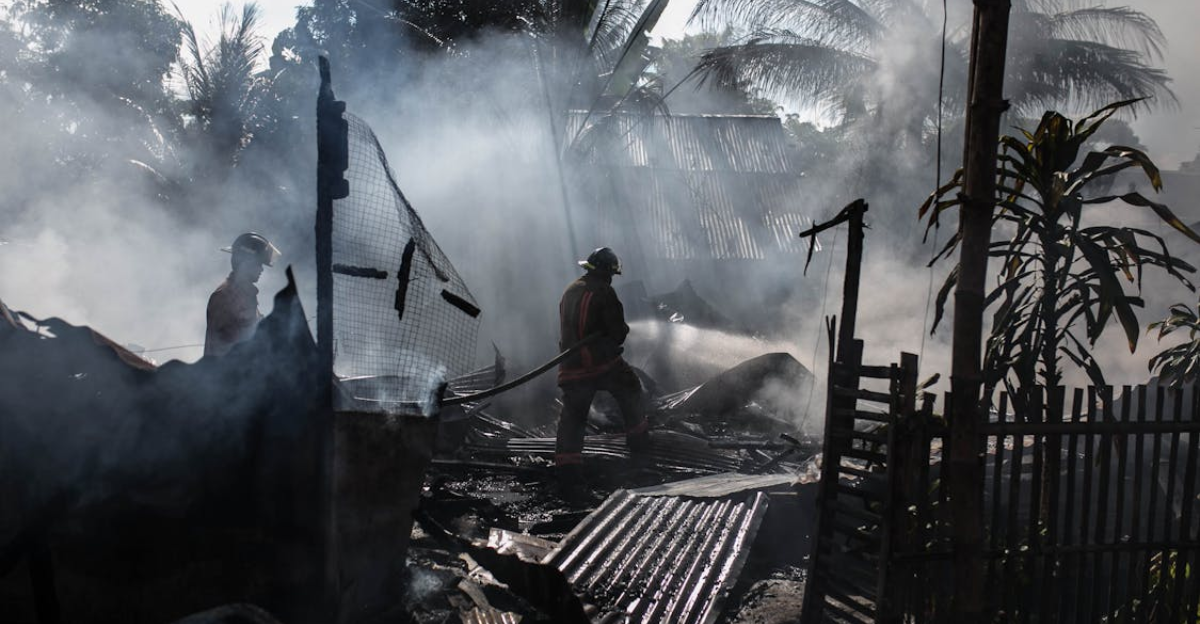
This June is perhaps one of the clearest warning signs for climate change we’ve received. Extreme heat is linked to human activity. Scientists were able to confirm as much, pointing out that despite going in the wrong direction, humanity has all the tools and resources necessary to reverse this. But choosing to ignore the current state of the world will certainly lead to frequent disasters, lives lost and big economic damage. Now the question is: will we rise to the challenge?